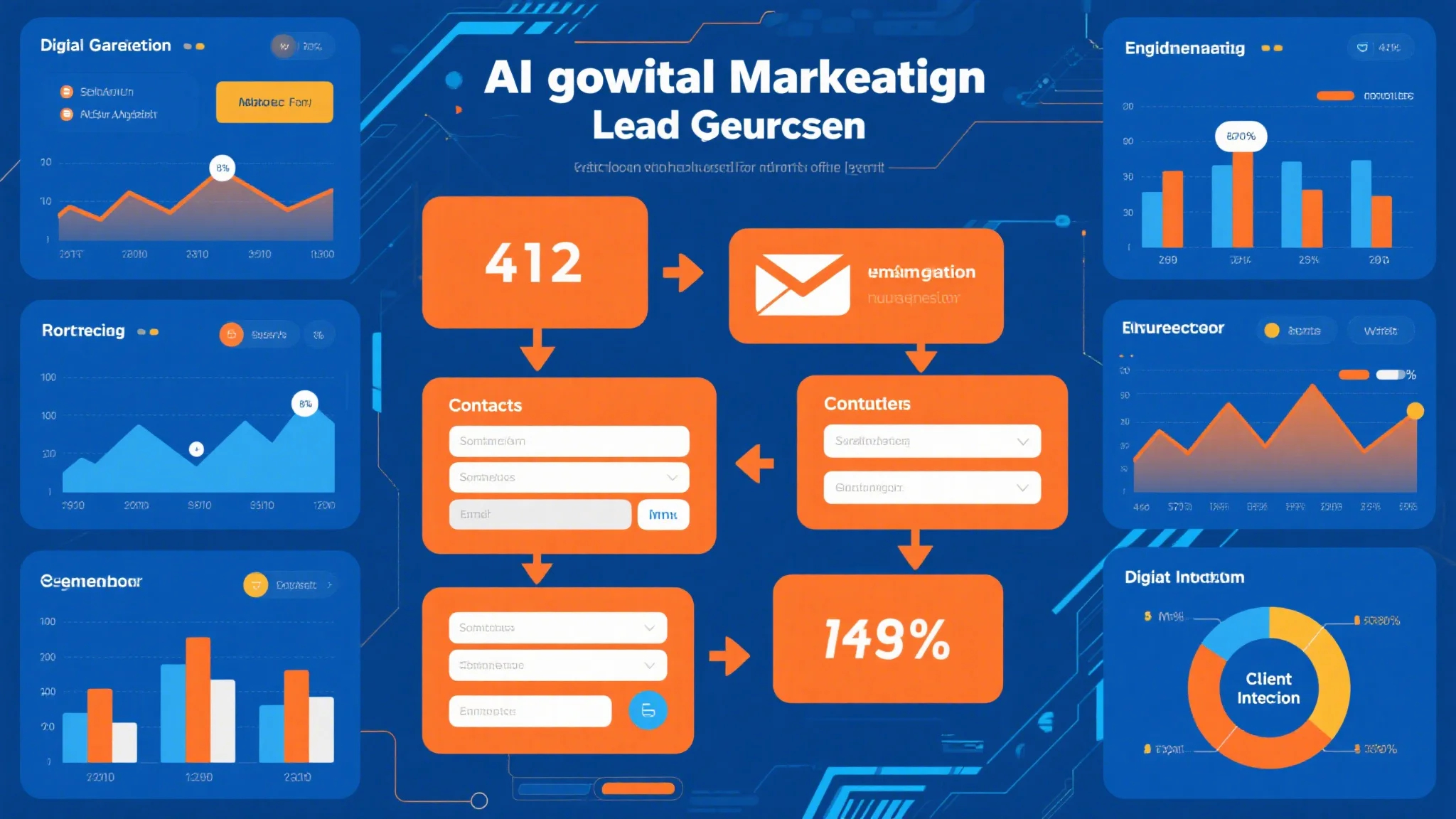1. Not Fully Understanding the Client’s Business
One of the most common mistakes agencies make with marketing automation is failing to fully understand their client’s business. Agencies often dive into implementing automation tools without taking the time to thoroughly analyze the client’s goals, target audience, and unique challenges.

This lack of understanding can lead to campaigns that miss the mark, poor segmentation of audiences, and wasted resources. For example, an agency might use a generic email automation workflow without considering the client’s specific industry or customer journey. This can result in irrelevant content, low engagement rates, and a damaged relationship with the client.
To avoid this mistake, agencies should invest in thorough research and client discovery. This includes understanding the client’s brand voice, customer personas, and business objectives. By aligning the automation strategy with the client’s goals, agencies can ensure that the campaigns resonate with the target audience and deliver measurable results.
2. Poor Data Quality
Data is the foundation of effective marketing automation. However, many agencies overlook the importance of data quality, leading to flawed campaigns and wasted effort. Dirty or incomplete data can result in inaccurate targeting, irrelevant content, and poor customer experiences.
For instance, if an agency uses outdated or incomplete contact lists, their email campaigns may end up in the spam folder or fail to reach the intended audience. Similarly, poor data quality can lead to incorrect segmentation, causing customers to receive irrelevant offers or messages.
To address this issue, agencies must prioritize data cleansing and enrichment. This involves regularly updating customer databases, removing invalid or duplicate records, and appending missing information. Additionally, agencies should leverage tools that provide real-time data validation to ensure the accuracy of their datasets.
3. Over-Reliance on Automation
While marketing automation is designed to save time and improve efficiency, agencies often take it to the extreme by over-relying on automation. This can result in a lack of personalization and a one-size-fits-all approach, which can alienate customers.
For example, automated email campaigns that lack any personalization tokens or dynamic content can feel generic and fail to engage the recipient. Similarly, automated responses to customer inquiries can come across as impersonal, damaging the brand’s reputation.
To strike the right balance, agencies should combine automation with human oversight. While automation is great for handling repetitive tasks, it’s essential to leave room for creativity and personalization. For instance, agencies can use automation to send personalized product recommendations based on a customer’s browsing history but follow up with a human touch for complex inquiries.
4. Lack of Human Oversight
Another common mistake is the lack of human oversight in marketing automation workflows. Agencies often set up automated campaigns and forget to monitor their performance, leading to errors, poor customer experiences, and even compliance issues.
For example, an automated email campaign might accidentally send the same offer to a customer multiple times, causing frustration. In some cases, poorly designed automation can result in customers receiving inappropriate or irrelevant content, leading to complaints or damage to the brand’s reputation.
To avoid this, agencies should implement regular monitoring and optimization practices. This includes setting up alerts for unusual activity, reviewing campaign performance metrics, and conducting A/B testing to refine automation strategies. Additionally, agencies should establish clear guidelines and workflows to ensure that automation is used ethically and effectively.
5. Poor Integration with Existing Systems
Agencies often overlook the importance of seamless integration when implementing marketing automation. Without proper integration with existing systems like CRM, email, and social media platforms, automation efforts can become disjointed and inefficient.
For instance, if an agency’s automation tool doesn’t integrate with their client’s CRM system, it can lead to data silos and duplicate entries, causing confusion and errors. Similarly, poor integration can result in missed opportunities to deliver personalized experiences across channels.
To overcome this challenge, agencies should prioritize integration during the setup phase. This involves working closely with the client’s IT and marketing teams to ensure that all systems are compatible and can share data seamlessly. Additionally, agencies should explore tools that offer pre-built integrations to simplify the process and reduce implementation time.
6. Not Measuring ROI
Many agencies fail to measure the return on investment (ROI) of their marketing automation efforts. Without tracking key performance indicators (KPIs), it’s impossible to determine whether the automation is driving results or just adding unnecessary complexity.
For example, an agency might implement an automated email campaign without setting clear goals or tracking metrics like open rates, click-through rates, and conversions. As a result, they may not be able to demonstrate the value of the automation to the client or identify areas for improvement.
To address this, agencies should establish a robust measurement framework before implementing automation. This includes defining KPIs aligned with the client’s objectives, setting up analytics tools, and regularly reviewing performance data. By continuously monitoring and reporting on ROI, agencies can prove the value of their work and make data-driven decisions to optimize future campaigns.
7. Not Keeping Up with Trends and Updates
Marketing automation tools are constantly evolving, and agencies that fail to keep up with the latest trends and updates risk becoming obsolete. Ignoring updates, algorithm changes, or new features can lead to suboptimal performance and missed opportunities.
For example, an agency might continue using an outdated version of their automation tool without realizing that new features could improve targeting, personalization, or reporting. Similarly, failing to stay informed about emerging trends like AI-driven automation or conversational marketing can put agencies at a competitive disadvantage.
To stay ahead, agencies should commit to ongoing education and professional development. This includes regularly updating their knowledge of automation tools, attending industry webinars and conferences, and staying informed about trends in



